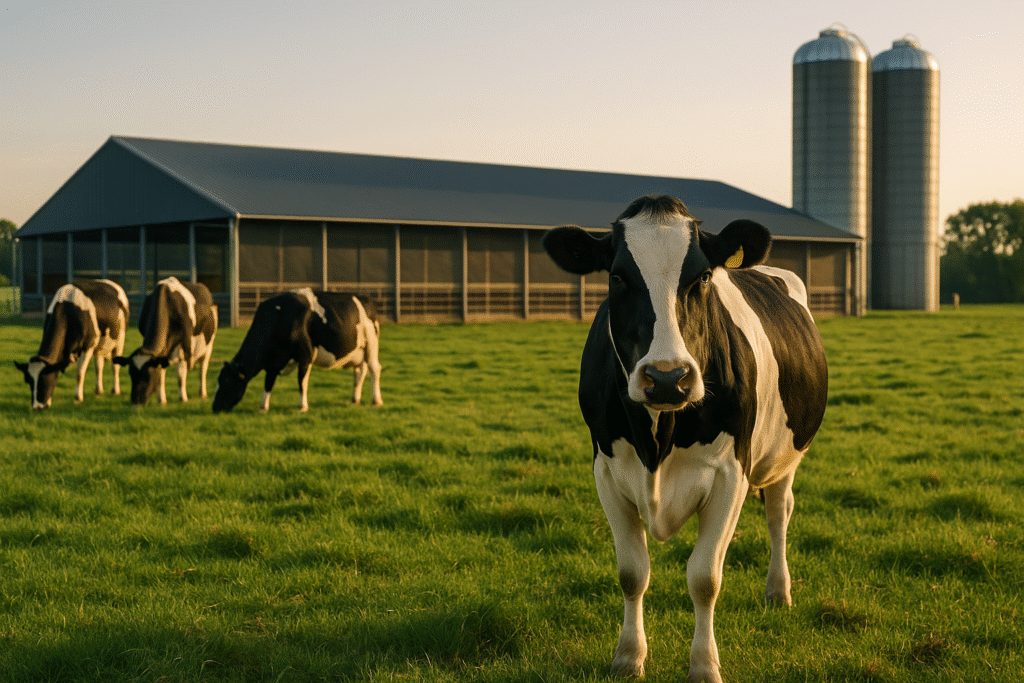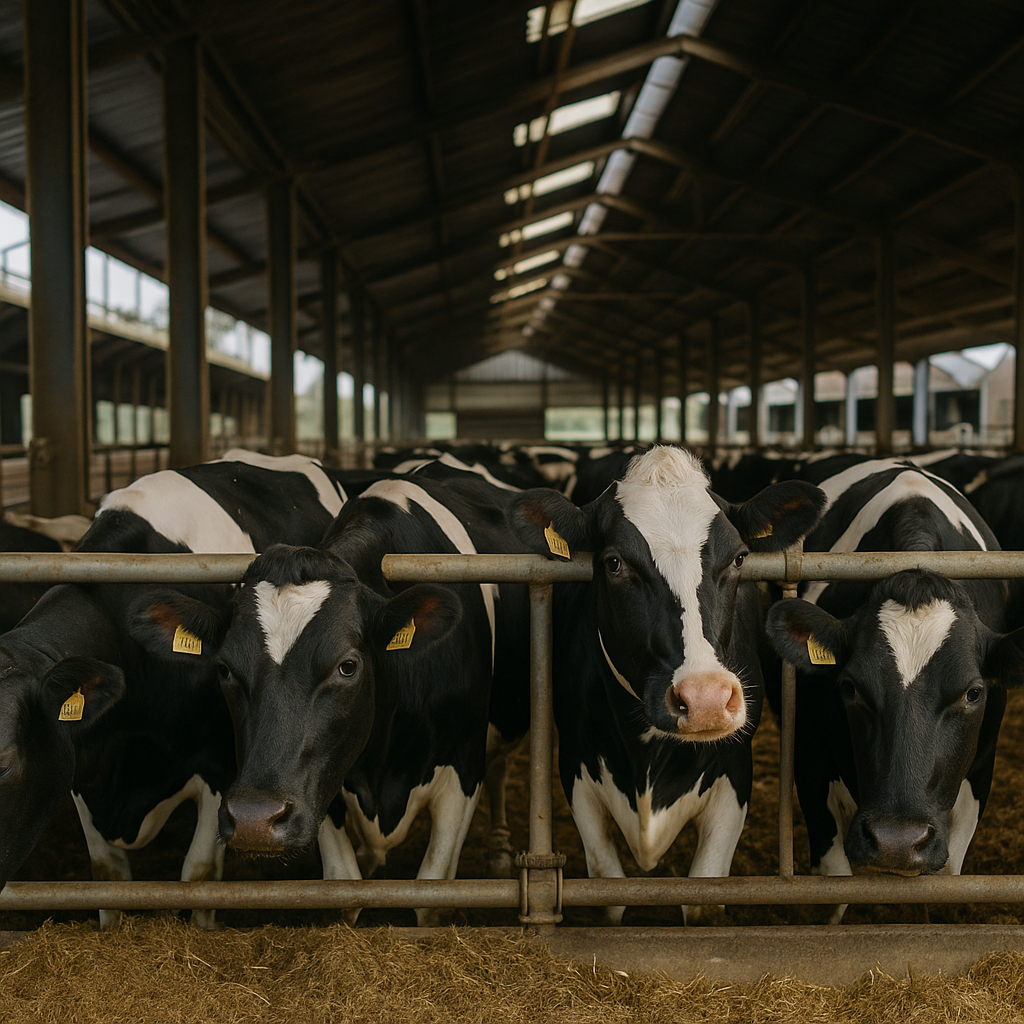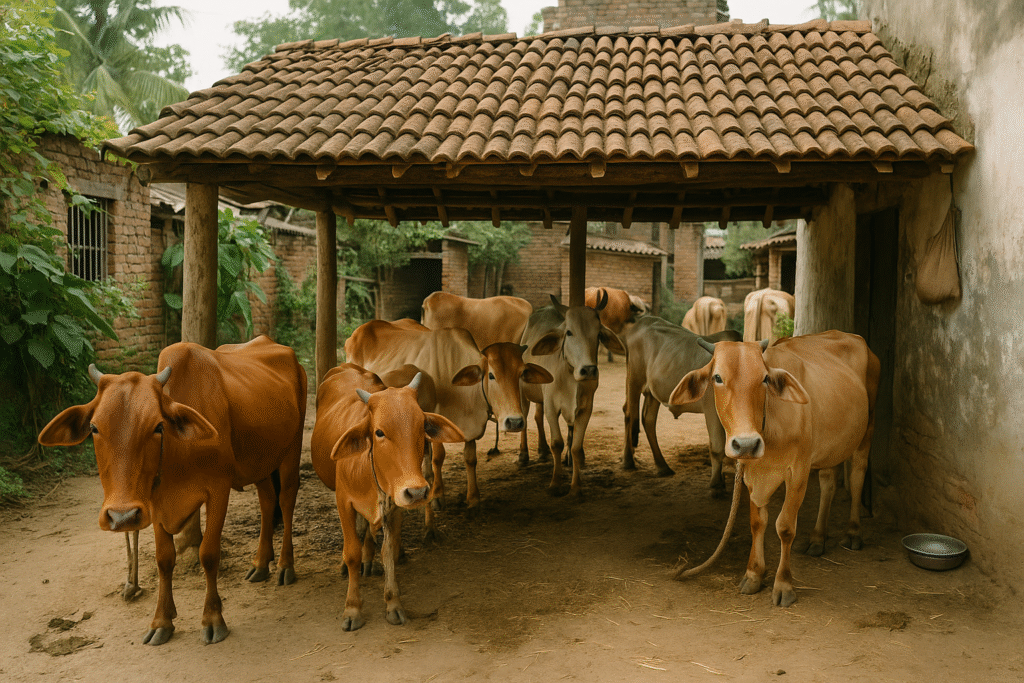
Global Dairy Farming Practices: Who’s Leading in Sustainability?
Introduction: A Worldwide Shift
Global dairy farming practices are in the spotlight like never before. As the demand for dairy continues to grow, so does the pressure on farmers to produce milk in ways that protect the environment, support animal welfare, and keep farms financially viable. From the lush pastures of New Zealand to high-tech barns in Denmark, the world’s dairy industries are rethinking how they operate.
In this article, we’ll explore how dairy farming looks around the globe, which countries are leading in sustainability, and what lessons can be shared across borders. We’ll also look at the innovations, policies, and on-farm strategies that are shaping a greener, more resilient dairy future.
1. Why Sustainability Matters in Global Dairy
Dairy farming is both essential and resource-intensive. It provides:
- High-quality protein and nutrients
- Millions of jobs worldwide
- A backbone for many rural economies
But it also comes with challenges:
- Greenhouse gas emissions (methane and nitrous oxide)
- Water usage and quality impacts
- Land use and biodiversity loss
- Rising input costs and market volatility
Sustainability in dairy farming means finding balance — producing enough milk to meet global demand while reducing environmental impact and maintaining animal welfare.
2. New Zealand: Pasture-Based Efficiency
New Zealand is often seen as a leader in sustainable dairy farming thanks to its pasture-based systems.
Key Practices
- Grass-fed herds for most of the year, reducing reliance on imported feed
- Rotational grazing to maintain pasture health
- Strict effluent management to protect waterways
- Focus on breeding efficient, resilient cows like the New Zealand Cross-Breed
- Nitrogen is capped to a certain amount per hectare
Challenges
- Methane emissions per cow remain high despite efficiency gains
- Waterway pollution from nitrate leaching is under public scrutiny
Sustainability Standouts:
New Zealand farmers are investing heavily in methane-reducing technologies and have been planting riparian buffers along streams, aligning with national climate targets.
3. Denmark: High-Tech and Data-Driven
Denmark’s dairy industry blends intensive production with strong environmental regulation.
Key Practices
- Automated milking systems that optimise cow health and milk yield
- Precision feeding to minimise waste and emissions
- Manure separation and biogas production on many farms
- Strict nutrient application limits per hectare
Challenges
- High operational costs due to energy and labour
- Managing welfare in larger indoor herds
Sustainability Standouts:
Denmark leads in turning effluent into renewable energy, reducing methane while providing clean power to the grid.
4. The Netherlands: Innovation Under Pressure
Dutch dairy farmers are known for high productivity per hectare, but also face some of the world’s toughest environmental rules.
Key Practices
- Advanced barn ventilation and manure handling systems
- Water recycling in milking parlours
- Ammonia emission reduction through housing design and feed adjustments

Challenges
- National policies are pushing herd size reductions to meet nitrogen limits
- Land competition with urban growth
Sustainability Standouts:
The Netherlands is a leader in circular agriculture, where waste products from one process are used as inputs for another, closing nutrient loops.
5. Ireland: Green Grass and Growing Exports
Ireland’s mild climate supports a grass-based dairy model similar to New Zealand’s.
Key Practices
- Seasonal calving to match peak pasture growth
- Low-cost, low-input systems that rely on natural grass growth
- Increasing use of clover in pastures to reduce synthetic fertiliser use
Challenges
- Rapid herd expansion has raised concerns about water quality and emissions
- Dependence on export markets makes the sector vulnerable to price swings
Sustainability Standouts:
Ireland’s Origin Green program connects farmers, processors, and retailers in a national commitment to measurable sustainability goals.
6. United States: Scaling Sustainability
The U.S. dairy industry is incredibly diverse, ranging from small family farms to massive operations with thousands of cows.
Key Practices
- Anaerobic digesters for manure-to-energy conversion
- Precision nutrition to lower methane emissions
- Water recycling systems in arid regions like California
- Sustainability reporting through industry-wide initiatives
Challenges
- Variation in environmental regulation between states
- Public perception around large-scale dairies
Sustainability Standouts:
Some U.S. cooperatives have set net-zero emission targets by 2050, investing in research and farmer training to achieve them.
7. India: Smallholders and Sustainable Potential
India has the largest dairy herd in the world, with millions of smallholder farmers.
Key Practices
- Mixed crop-livestock systems that recycle nutrients locally
- Low-input, low-emission production per animal
- Use of crop residues as feed, reducing waste

Challenges
- Low productivity per cow compared to global averages
- Limited access to technology, finance, and veterinary services
Sustainability Standouts:
Community dairy cooperatives are improving access to chilling, processing, and markets, raising incomes and supporting local economies.
8. Comparing Global Dairy Sustainability
While there’s no one-size-fits-all model, several common themes emerge among leading countries:
- Pasture-based systems generally have lower feed-related emissions
- Technology and precision farming improve efficiency and reduce waste
- Effluent management is key to cutting methane and protecting water
- Policy frameworks can accelerate or hinder adoption of best practices
9. The Role of International Cooperation
Global dairy farming practices can improve faster when countries share:
- Research and technology
- Breeding genetics suited to local climates
- Market incentives for sustainable milk
- Training and extension services
Organisations like the Global Dairy Platform and IDF (International Dairy Federation) are fostering collaboration on climate, nutrition, and trade.
10. What’s Next for Sustainable Dairy?
Looking ahead, the future of global dairy sustainability will depend on:
- Wider adoption of methane-reducing feed additives
- Breeding for more efficient, resilient cows
- Scaling up renewable energy on farms
- Strengthening links between consumers and farmers to build trust
Conclusion: Learning from the Leaders
Global dairy farming practices are evolving quickly, with each country contributing its own solutions to the sustainability challenge. New Zealand’s grass-fed efficiency, Denmark’s biogas leadership, the Netherlands’ circular systems, and Ireland’s national sustainability program all offer lessons for others.
By combining the best of pasture-based systems, technology, policy, and farmer know-how, the dairy sector can meet global demand while protecting the planet.
If you found this article useful, explore our related posts:
- Regenerative Dairy Farming: Can It Heal the Land?
- Dairy Farm Waste Management: Turning Effluent into Renewable Energy
- Reducing Methane Emissions in Dairy Cows
